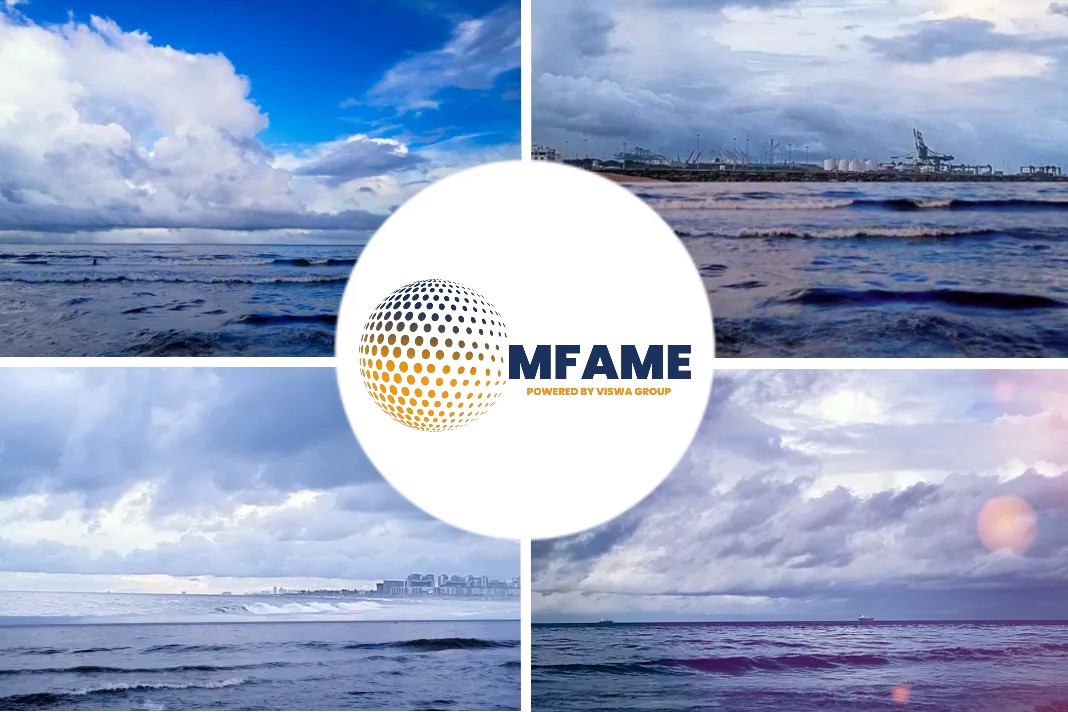
Ships produce a significant volume of waste oil originating from various sources, including engine lubrication, fuel usage, and mechanical operations, as reported by Marine Insight.
Proper Waste Management Practices on Ships:
- Prohibited Discharge: Ships are strictly prohibited from dumping or pumping oil overboard to avoid legal consequences.
- Segregation of Waste: Waste oil is separated into sludge and bilge tanks on ships for proper management.
- Bilge and Sludge Tanks: Bilge and sludge tanks store mixtures of oil and water, with sludge containing a higher oil content.
- Tank Heating and Water Separation: Tanks on ships are equipped with heating arrangements to control oil viscosity and separate water from the oil.
- Drainage of Heavy Water: Tanks are drained to remove settled heavy water, which is then directed to bilge tanks for further treatment.
- Centrifugal Separator: Fuel undergoes treatment in centrifugal separators, separating impurities such as sludge and water, which are then sent to the sludge tank.
- Machinery Leakages: Oil leakages from machinery are collected and directed to the appropriate tank based on the oil quantity.
- Oily Water Separator (OWS): Bilge water can be treated using onboard equipment called an oily water separator, which filters water through multiple stages of filtration.
Did you subscribe to our newsletter?
It’s free! Click here to subscribe!
Source: Marine Insight















